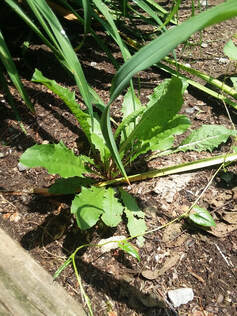|
I ghostwrote an article a while back.
It was an edu-marketing piece for swine veterinarians and producers. Luckily, my pre-writing preparation included an interview with a veterinarian, an expert who knew his stuff. I peppered him with questions, and he generously responded with clear, detailed answers. And as we talked, it slowly dawned on me that I was uncovering a content goldmine. (Amassing excellent content isn’t the only benefit of interviewing; read more about that here.) Later, as I read through the transcription of the interview, I thought, “Wow, this is solid, in-depth stuff.” But even with all that superb information, I knew I still had to weed. Weeding, as I like to call it, is a part of writing that often gets overlooked but is oh so crucial to creating a polished, coherent product. Weeding involves sifting and combing through research, notes, transcriptions, etc., and culling the essential points. For thorough weeding, the writer first has to step back and say, “Ok, the purpose of this article is (fill in the blank), and the audience it’s speaking to is (fill in the blank), and I’m limited to (blank) amount of words.” I might even type this statement at the top of my draft, so it’s always in view. Knowing what you need to convey crystallizes the valuable, pertinent details of your accumulated research data. And weeding is separate from outlining. Outlining is your roadmap; it guides you from start to finish on your writing journey. Any gardener knows that weeding is a tedious chore but well worth it because it beautifies a garden. Beautiful content probably isn’t your goal, but valuable content? Absolutely. So next time, remember to weed before you write. Don’t like to get your hands dirty? I don’t mind! Get in touch with me here. Comments are closed.
|
AuthorSuzanne Quigley - Copywriter Archives
December 2023
Categories
All
|
